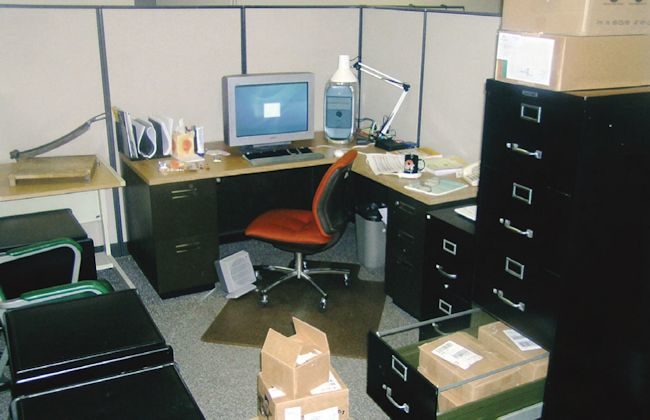Safety hazards in an office setting

Post a comment to this article
Safety+Health welcomes comments that promote respectful dialogue. Please stay on topic. Comments that contain personal attacks, profanity or abusive language – or those aggressively promoting products or services – will be removed. We reserve the right to determine which comments violate our comment policy. (Anonymous comments are welcome; merely skip the “name” field in the comment box. An email address is required but will not be included with your comment.)
Title
March 4, 2015
"Coffee cups should have a lid to reduce spills"; Calling this a safety hazard will destroy the credibility of any safety program.
Enforcing the habit of Good Housekeeping can prevent a lot of problems and allow focus on not so obvious issues such as sprinkler height and storage items.
Todays computers, monitors and LED lighting draw so little current compared to that of 10 years ago. Except for laser copiers, laser printers, refrigerators and space heaters, it is hard to electrically overload an outlet. I would like to see some guidelines on the half dozen plug in power supplies that draw almost no current that one person can accumulate at their work space. Cell phone chargers, tablets, speakers etc.
Title
February 21, 2017
@John H. I disagree with your statement. Spills can still cause damage indirectly. Yes, electrical technology is better, but I've experienced many locations, especially in heavy industrial trades, that still use equipment that is 10+ years old or in buildings that have not been required to be retrofitted with new wiring.
The risk of electrical shock may be reduced in modern buildings, but safety issues from a spilled beverage can manifest in other ways. For example, we accidentally knock over a coffee cup all over the papers on the desk, keyboard, mouse, and any other object of perceived value. Generally speaking, most people's reaction is going to be to jump up and try to grab whatever then can out of the path of the spreading liquid, including themselves. Jumping up causes the chair to project backwards. In a cubicle type environment, this could mean that it pushes back into an aisle, potentially hitting a passerby or causing a tripping hazard. Then, as the keyboard and mouse are picked up or shoved aside, the cords are now pulled taught, knocking over the monitor or pulling the computer off the desk (or docking station).
It's the little chain reactions that often make a simple safety issue much worse. So, putting a lid on containers may seem insignificant on the surface, but this minor correction of behavior protects the equipment and the worker. Instead of losing productivity time cleaning up a liquid mess, the worker simply tips the container upright and continues with their work.
Title
March 17, 2017
A unique article describes the hazards associated with the office environment. It helps and shows clearly many hidden hazards at an office. Electrical hazards and manual handling those all described in this article but one subject ejected in this that is Emergency.


